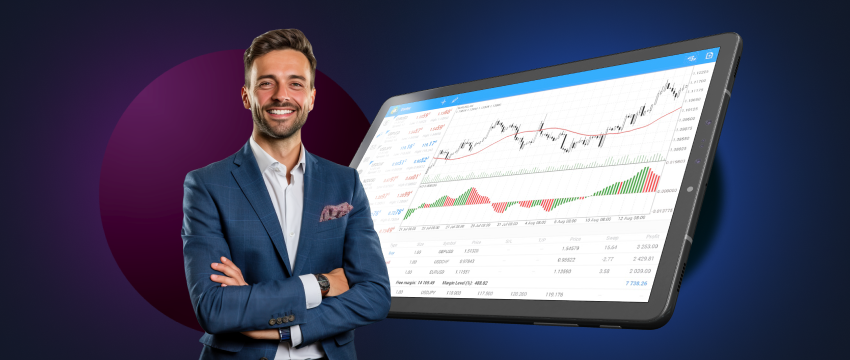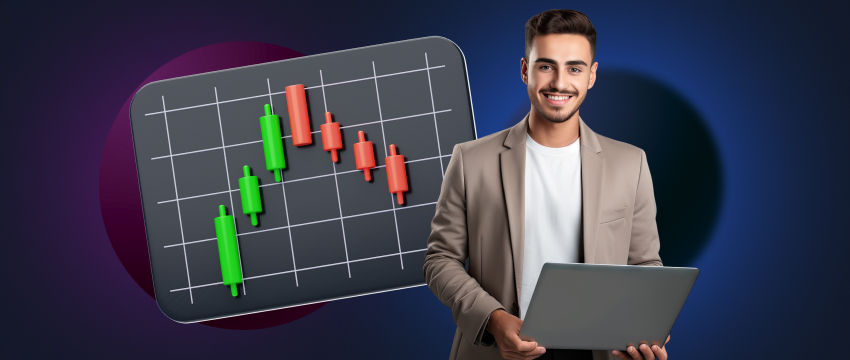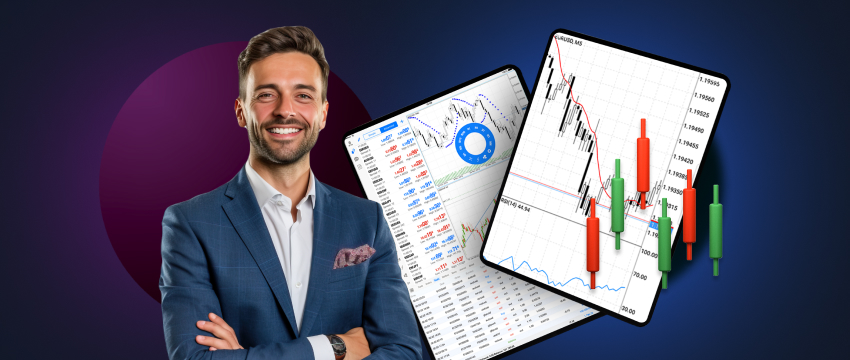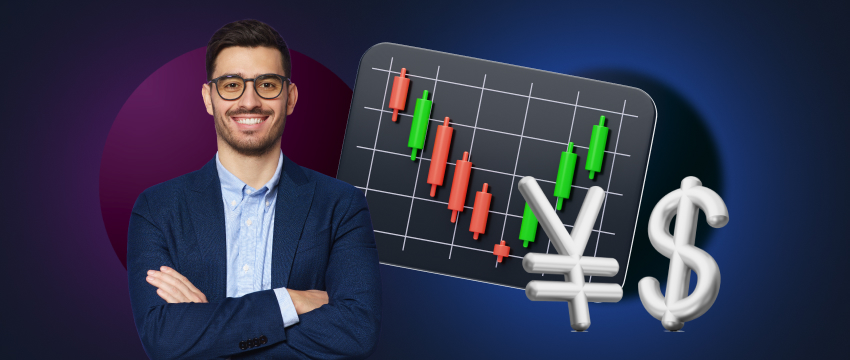Most of us know about CFD trading online. We can use a desktop, laptop, tablet, or mobile phone. However, few of us have tried it. The fear of losing money is not usually the main issue. Instead, the fear of something new often holds us back.
When we are unsure how something works, it can be overwhelming. Starting from scratch with a vague idea can be daunting.
Understand how the mechanics of CFD trading work
Trading CFDs involves speculating on price movements of trading instruments. You profit if your prediction is correct. If not, you make a loss. You open trades based on your belief about an asset’s price direction. The direction can only be up (buy) or down (sell).
When you close the trade, if the price has moved as predicted, you profit. The profit is the difference between the opening and closing price. If it has moved in the opposite direction, you lose by the same difference.
Keep in mind you never truly buy or sell any physical goods. When you close the trade, if the price has moved as predicted, you profit. The profit is the difference between the opening and closing price.
Example
For example, if chocolate is $1 per unit and you believe the price will rise, you would open a buy trade. Let’s assume you decide to trade 1000 units of chocolate. This would require you to invest $1000. Imagine sometime after opening the trade, the price of chocolate does not change. If you close the trade and the net price change is 0, your net profit would also be 0. You would neither lose nor gain, and the $1000 of invested funds would return to your account balance.
Imagine you didn’t close the trade and instead let it run. After further time, if the price of chocolate drops to $0.99, that would mean you are losing $0.01 on each unit of chocolate. Choosing to close the trade at that point, you would incur a loss of $10. Only $990 of your $1000 investment would return to your balance.
Assume you didn’t close the trade and let it run further. After some more time, the price could resurge and move to $1.01. If you closed at that point, you would make a $10 profit, resulting in $1,010 returning to your balance.
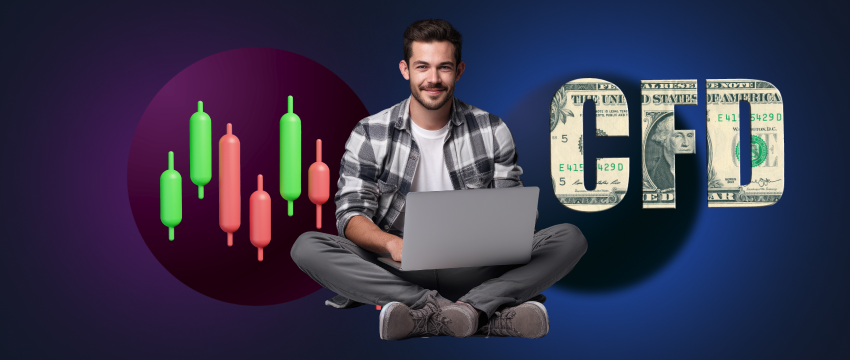
CFD Spread and Leverage
The example assumed no spread or commission and 1:1 leverage. This means you invested the exact cost of each unit traded. However, brokers always include a spread or commission. Even if the net price movement is 0, you still incur a loss.
The spread, which can be considered the broker’s service fee, accounts for a large portion of their revenue. The spread, which can be considered the broker’s service fee, accounts for a large portion of their revenue. Leverage enables traders to trade more units compared to if they had to pay per unit as in the previous example. Leveraged trading can magnify both profits and losses and must be used wisely.
Example
Returning to the chocolate bar example, let’s assume a spread of $0.0001 and a leverage of 1:100. With this leverage, although you may still only have $1000 at your disposal, you can now trade as if you have $100,000. So, again imagine you open a buy trade but for 100,000 units this time.
Due to spread, you are immediately at a loss of $0.0001 per unit, which at 100,000 units comes to a loss of $10. If the price moves to $1.01, you make $990 ($1000 minus the $10 spread). If the price drops to $0.99, the account is blown.
Many people attempting to trade cannot manually calculate their trade profits or losses. They often rely on trading platforms for P&L calculations. However, being able to calculate manually shows a fundamental grasp of trading. High loss rates in forex are not due to a lack of expert traders. They are due to a lack of average traders.
Find yourself a regulated CFD broker
You’ll find plenty of articles, blogs, forums, and ads, discussing and promoting the myriad of existing brokers, debating who is the best and why. But reading into every single opinion at this stage will probably make your head spin to the point of giving up. The reality is, that the best CFD brokers all offer similar conditions.
At some point in the future, you might become a dedicated gold trader and choose broker X because they offer a favorable gold spread (which we will explain later). But as a beginner, these details will not affect you.
Of course, this doesn’t mean you should settle on the first questionable forex broker you find. However, if you choose a licensed broker that has operated for a reasonable number of years, they should adequately help you discover your latent trading talents. Here is one such CFDs broker to this description.
Experience the mechanics using a demo account
All good forex brokers provide a demo account to encourage traders to test their services and trading conditions without risking real money. Demo accounts are funded with token funds that can be traded and topped up as desired. Use this opportunity to see how trading works in practice.
You can test different account balances and lot sizes, leverage, and observe asset spreads. You can also use various automated executions, such as setting stop-losses (instructions to close a trade before reaching a specific loss threshold) or take-profits (instructions to close a trade when reaching a satisfactory profit threshold).
Overall, take the opportunity to try anything and everything with demo funds, to avoid learning the hard lessons with real funds!

Begin a real education process
This is where you’ll move beyond just knowing how trading might work in your favor, to learning how to increase the probability that it consistently does. It involves observing what signs and signals to act upon rather than passively experiencing random results as the product of guesswork.
As an analogy, you may know how a sailboat works in theory – you’re aware that if the sail is set at the correct angle, you’ll move in the desired direction – but despite your knowledge of sailboat mechanics you still don’t know how to observe the wind.
So, you resign yourself to setting sail and hoping for the best. This is what random trading looks like. However, learning how to observe the market is like learning to observe the wind.
Although you can’t change its course, you can adapt to it to move your sailboat forward. Of course, wind is far more predictable and less dynamic than market price movements, but the principle applies.
There are endless free courses online. It will not be practical to get good at everything all at once so pick a method that resonates with you (whether that’s charting analysis, 技術指標, news trading, etc.) and then take your knowledge back to the demo account to put it into practice.

Return to the demo
If you find yourself constantly having to top up your demo balance because you keep blowing the account with your attempted trading strategies, then it’s inadvisable to invest real funds for the time being – you still have work to do!
But if you are achieving consistent results, you have a decision to make. One thing is for sure, if you put in a sincere effort to get to this stage, you’ll know if trading is something you want to further pursue.
免责声明: This material is for general informational and educational purposes only and should not be considered investment advice or an investment recommendation. T4Trade is not responsible for any data provided by third parties referenced or hyperlinked in this communication.
